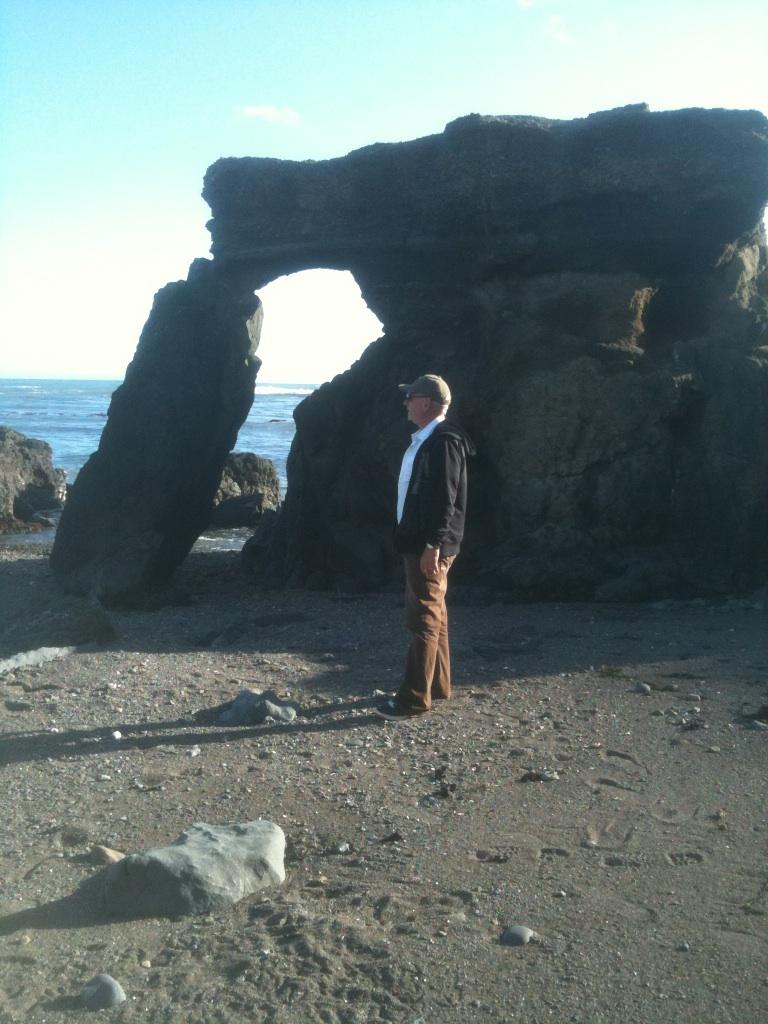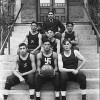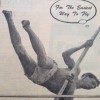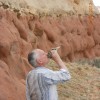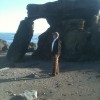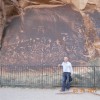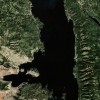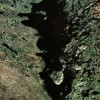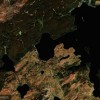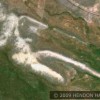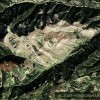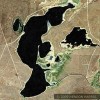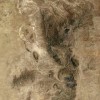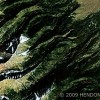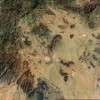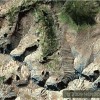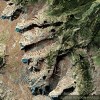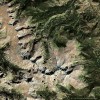
Mandalas, Mantras, Manjis, Medicine Men (Shields-Circles), Monuments (Carved in Stone), Buffalo Horns and Yamantaka
Posted on Monday, November 12th, 2012
In recent reading on ancient religious symbols and deities in Buddhism I have been puzzled by the North American Bison horn configuration on the top of Yamantaka’s (Vajrabhairava) head. Horn configurations on the heads of different animals have a distinct pattern which tie those horns back to a specific species. That is why I have been puzzled as to why the horns on the head of Tibetan Buddhism’s favorite deity Vajrabhairava (Yamantaka) are the horn set of an animal indigenous to our continent – The North American Bison.
It was while I was pondering that question, I came across an article on Native American headdress styles. The most commonly known headdress image is of the “Indian War Bonnet” worn by the tribal chief and consists of numerous eagle feathers. The less common image is the one usually associated with the tribal Medicine Man. This headdress consists of a buffalo skin base and several other items but its most prominent feature is the two buffalo (bison) horns positioned on top. These Medicine Men’s horns have a striking similarity to the horn configuration on Yamantaka’s head. How can this be? Why would the Tibetan Buddhist deity, Yamantaka have the horn set identical to the horn set worn by Native American spiritual leaders?
But the questions don’t stop there. Why is there such strong evidence of Vedic (Hindu/Buddhist) influences and symbols of Mandalas, Mantras, Manjis and Monuments here in North America? How did the Seven Step Vedic wedding ceremony get here from India?I believe that for this “foreign influence” theory to make sense one has to know this information
- Hinduism and then Buddhism originated in India from their Vedic cultural base.
- Ancient India once covered an area that now includes India, Pakistan and Afghanistan. (Afghanistan is where Buddhist missionary monk Hwui Shan originated)
- Unlike some religions ancient Buddhists were “evangelicals” and actively recruited non Buddhists to their religion. Ancient missionary monks traveled far and wide to accomplish their mission at great personal risk,
- These missionary monks used what were then their “state of the art” technical skills to share wherever they went to win friends and converts. These skills included advanced rock carving, water diversion, water storage, medical information, astronomy, navigation etc.
- Customs and traditions from India such as the Seven Step Wedding tradition were brought here as well.
- Mandala (Sanskrit for circle) were also transferred here at that time. (Native American Mandala styles which include Medicine Wheels, Medicine Shields and the Tibetan form of sand painting are still being made here.)
- Mantras (prayer poems) from India are also now inexplicitly found in North America.
- The Manji (swastika) from India was brought here at that time. (The evidence of that is that “Manji” translated from Sanskrit to English is “Whirlwind”. Although the Navajo word for their Manji is “Whirling Logs” the Hopi word is translated “Whirlwind” just as it is in Sanskrit, the language of India.)
Medicine Shields and Medicine Wheels widely found in Native American culture are accepted to be Mandalas. (Mandalas “prayer circles “originated in India) Interestingly there is absolutely no evidence that the circle (or wheel) was used for any other purpose than religious purposes by the Native Americans. Why did they not use the wheel for utilitarian purposes which would be its most practical purpose and used by all other cultures all around the world? (My personal belief is that the use of the wheel and the horse were prohibited in ancient America but that’s another story).
Monuments carved into rock are an ancient Buddhist tradition. Evidence to support this fact is found at the Ellora Caves, the Giant Buddhas of Pakistan and the rock carved Chaitya Halls in India. Rock carved stupas and enormous brick made stupas are found all over India and Southeast Asia. There is also evidence of significant similar rock carving throughout the Four Corners area of the Pacific Southwest. Coincidentally this same region is home to the Navajo and Hopi tribes which appear to have had the most in common with the rock carving highly advanced ancient Anasazi culture that carved homes and other structures into rock along the 108 Meridian West as they migrated south into Mexico before they ultimately disappeared.
Those whose nationalistic interests do not include advanced foreign religions and cultures here in Pre-Columbian North America deny this evidence and refuse to consider the possible implications. However, the mere refusal to consider evidence does not make it disappear. Please review these details and then decide for yourself if there is currently enough evidence for you to believe that at some time in America’s Pre-Columbian past that Buddhism may have or probably played a significant role here before it disappeared possibly at the same time the Anasazi people vanished.
Stay tuned for my next article on how significant the number 108 is in Buddhism and why I am beginning to believe the Anasazis may have been Buddhists.
The Beak of the 10th Sun Raven – STILL GLOWS
Hendon Harris
